The CS5 will demonstrate the feasibility of implementing innovative technologies to treat and valorize urban wastewater and transform wastewater treatment plants (WWTP) to resource recovery facilities, contributing this way to circular economy in the wastewater sector. The proposed next generation of urban WWTP includes several innovative technologies aiming to produce energy, reduce energy consumption and generate by-products for industrial or agricultural purposes. The proposed innovative treatment train will be demonstrated at pilot scale in the WWTP La Llagosta (Barcelona) and will be designed to treat an inflow of about 400 L/h (?10m3/d).
Main challenges
Operation at mainstream conditions: The combination of partial nitritation/anammox (PN/AMX) technologies have been applied successfully at sidestream. However, the implementation of PN/AMX at mainstream still faces some major challenges, that need to be resolved before its full implementation. For instance, low temperature (10-15 degrees in winter season), low nitrogen concentration and NOB outcompetition during partial nitritation. Anaerobic digestion is also challenging at mainstream conditions, and we will try to overcome this by implementing a granular AnMBR configuration.
For ViviCryst technology, the main challenges are: low solubility of produces crystals (advantage and challenge at the same time), the slow crystal growth and the low P concentration in the influent to be treated.




